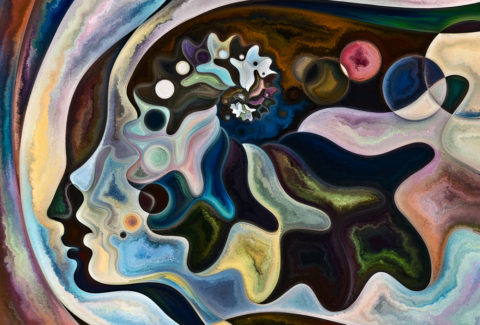Wearing Your Psychodynamically Informed Hat: The Countertransference

“Those people will never get better. One day, they say they are done with using drugs, and the next day they are back high and intoxicated,” Charles said to Roger, his colleague, referring to John his patient and client, with a severe alcohol and cocaine use disorder. “He just reminds me of my uncle, who, every week promised my aunt he would never drink again, and the following week he was back to doing the same stupid things. I just cannot stand those people.”
 Charles, the clinician, was having an emotional reaction to John, his patient and client, and this is an example of countertransference, which Freud defined as: a result of the patients’ influence on the physician’s unconscious feelings. Freud also thought that the clinician needed to recognize his or her countertransference and take steps to master and dominate it. Otherwise, as Freud puts it, “The patient represents for the analyst an object of the past, on to whom past feelings and wishes are projected.”
Charles, the clinician, was having an emotional reaction to John, his patient and client, and this is an example of countertransference, which Freud defined as: a result of the patients’ influence on the physician’s unconscious feelings. Freud also thought that the clinician needed to recognize his or her countertransference and take steps to master and dominate it. Otherwise, as Freud puts it, “The patient represents for the analyst an object of the past, on to whom past feelings and wishes are projected.”
Carl Jung, a Freudian follower, who later broke away from his views, also warned against cases of countertransference, where both the analyst and the patient may fall into the same “dark hole of unconsciousness.” Furthermore, Felix Alcan, another psychoanalyst and psychiatrist, whose fame almost parallels that of Freud, believed that unless countertransference is properly addressed, “the game will proceed without anyone knowing who is leading.”

As with the above case concerning Charles, countertransference entails reactions that are unconscious. Those reactions are associated with the past, like his uncle’s behavior and the altercations with his aunt, followed by the “empty” promises that Charles sees from his uncle. These past feelings that the clinician bears are projected unto the patient. Further, many of these unconscious feelings can be categorized as either hostile or erotic, which, in turn, can interfere with the clinician’s ability to remain objective, transparent and effective.
Who among your patients and clients remind you of your children, your spouse, your parents, siblings or friends? How much of your work with them is colored by these types of reminders? What types of related feelings are being enacted? How aware are you of these? How has that been working for you?
 Countertransference does not need to have the negative connotation it typically carries, despite the associated repression of countertransference and the potential danger of countertransference enactment. Countertransference requires understanding, examination, and the proper use for the benefit of the patients and clients. This starts with an understanding of what the clinician’s own reactions might be telling him or her about their patient and client, followed by the understanding that it is often a mixture of contributions from us and our patients and clients. It is, therefore, always wise to wonder and sort out who is doing what; understand meanings and how we can use our countertransference to even better understand the transference.
Countertransference does not need to have the negative connotation it typically carries, despite the associated repression of countertransference and the potential danger of countertransference enactment. Countertransference requires understanding, examination, and the proper use for the benefit of the patients and clients. This starts with an understanding of what the clinician’s own reactions might be telling him or her about their patient and client, followed by the understanding that it is often a mixture of contributions from us and our patients and clients. It is, therefore, always wise to wonder and sort out who is doing what; understand meanings and how we can use our countertransference to even better understand the transference.
“Those people will never get better. One day, they say they are done with using drugs, and the next day they are back high and intoxicated,” Charles said to Roger, his colleague, referring to John his patient and client, with a severe alcohol and cocaine use disorder.
In Summary: The concept of countertransference has been around since the times of Freud, and its understanding has taken better shape with time. We now know that it is a normal process in treatment, that, if not properly used can be a detriment to our patients and clients. Using it properly, on the other hand, can be of great benefit for our patients and clients. Do you know the how.







